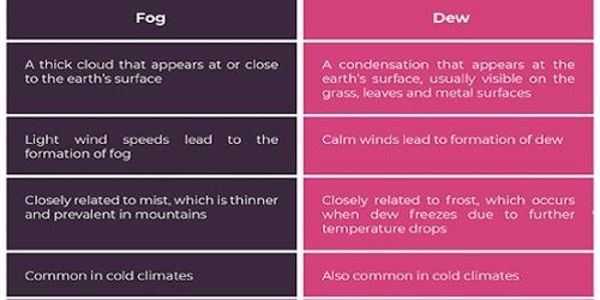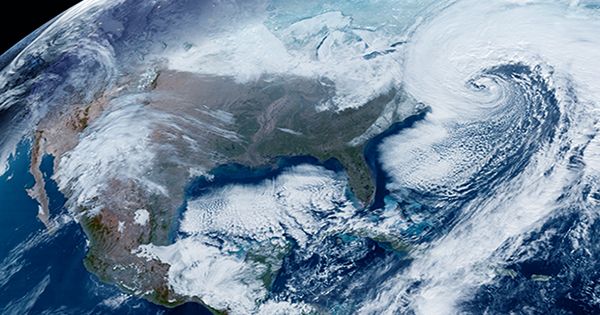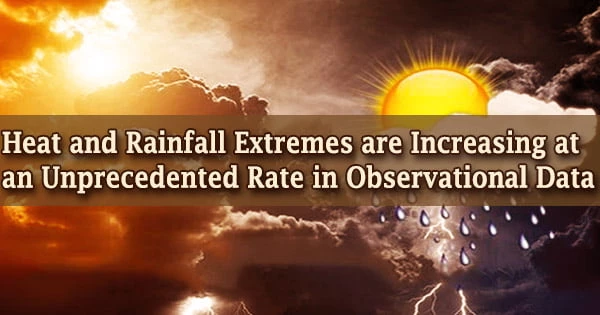Fog and Mist, both are clouds made up of condensed water vapor, i.e. water droplets, hanging in the atmosphere at the surface of the earth, which restricts visibility to some extent. They both consist of clouds that are made of condensed water vapor.
Fog can be defined as a thick cloud that hangs low, consisting of tiny water globules. It is denser in comparison to mist, and so it has a greater impact on visibility, i.e. the former limits visibility to nearly one kilometre, but the latter restricts visibility to more than a kilometre. Mist is simply the atmospheric phenomenon that is formed by tiny vapour which gets suspended in the atmosphere, on the surface of the Earth which causes errors in visibility. Fog has a much greater impact on the visibility of the eye when compared to mist.
Fog and mist greatly differ regarding density, as the fog is much denser than mist, i.e. fog creates an opaque sheet, that blurs visibility.
Difference between Fog and Mist

FOG
- A thick, low-lying cloud, which occurs at the earth’s surface, that is composed of tiny water droplets, suspended in the air, is known as Fog.
- Fog implies a thick low-lying cloud, appearing at the surface level, that is composed of tiny water globules, suspended in the air.
- In simple terms, fog is used to mean condensed water vapor suspended in the atmosphere, close to the earth’s surface, which forms an opaque sheet that restricts visibility.
- Air can hold a certain amount of water and the warmer it is, the more water it can carry. The more water fills the air, the more it becomes humid and after a certain point it starts cooling down and as the temperature reaches the dew point, it starts condensing, and fog is formed.
- When it comes to longevity, fog lasts for several minutes or even hours and does not dissipate easily.
MIST
- Mist is defined as the cloud created when water globules are suspended in the air due to changes in humidity or temperature inversion.
- Mist refers to the cloud formed out of small water droplets suspended in the atmosphere at the ground level, due to temperature inversion or change in humidity.
- Mist is an atmospheric phenomenon formed by tiny water vapor suspended in the atmosphere, at the surface of the earth that hinders visibility to some extent. This is caused by a temperature inversion, volcanic activity, change in humidity.
- Mist is often observed when warm, moist air experience abrupt cooling, i.e. the droplets becomes visible to us when warm water droplets are suddenly cooled down. The most common example of mist is exhaled air during winters.
- When it comes to longevity, mist lasts for a short duration and tends to disappear quicker, with light winds.
Information Source:
















